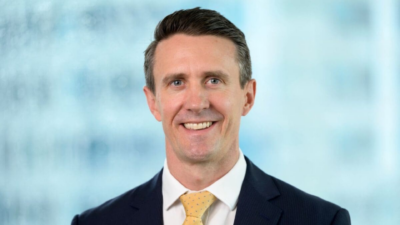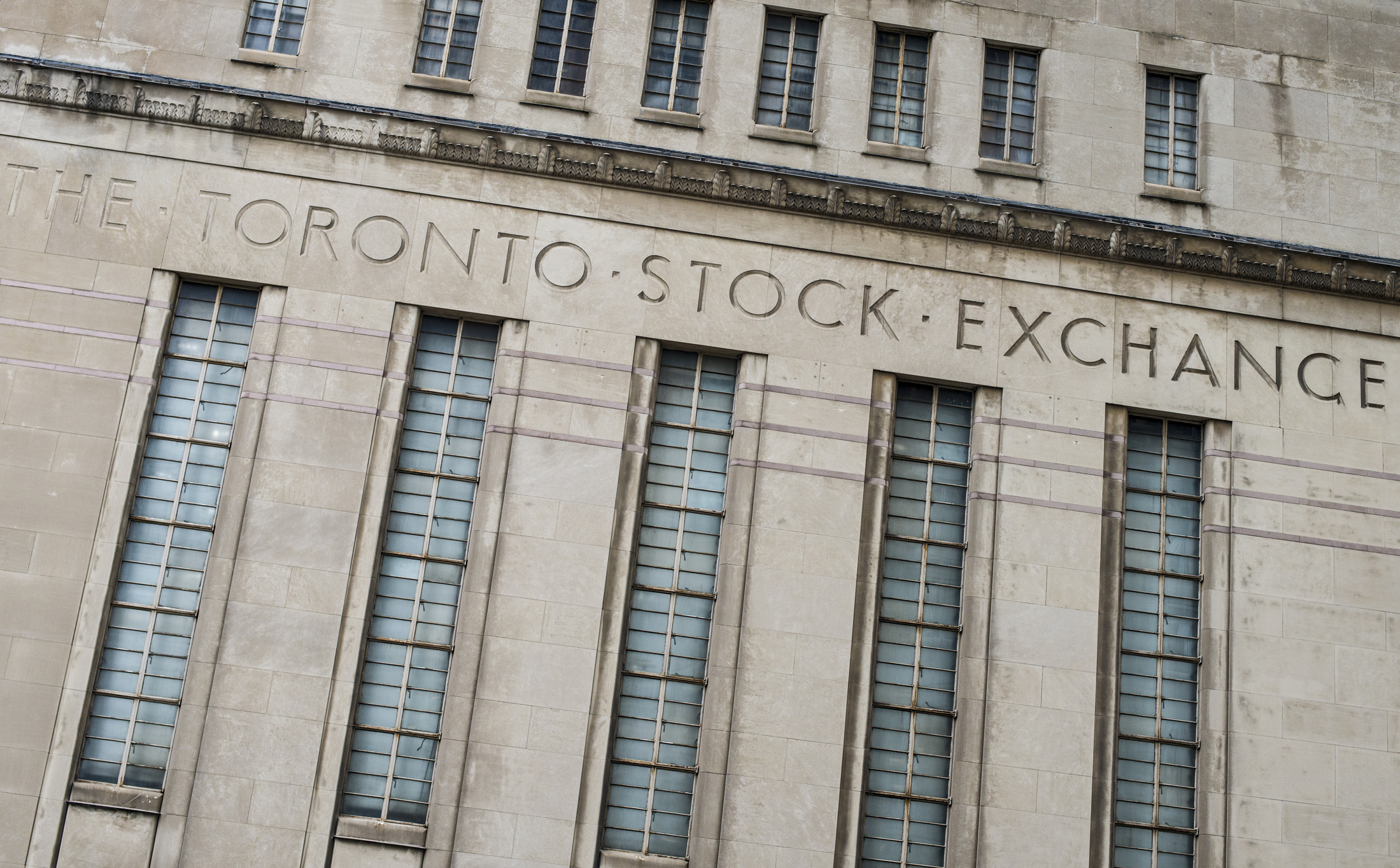Why we’re ‘thundering towards the cliff’ of systemic risk
In late 2022, Willis Towers Watson’s Thinking Ahead Institute released a paper called Pay Now or Pay Later. The “punchline” of the paper, according to Tim Hodgson (pictured), the co-head of the Thinking Ahead Institute, is this: if we’re successful in limiting temperature rise to 1.8°C then portfolio write downs might only be 15 per cent. But if we’re unwilling to pay now, and get a 2.6-3.7°C warming scenario, we’ll see a 50-60 per cent portfolio loss.
“We have to man up and accept that there are transition costs,” Hodgson told ISN on Tuesday (March 14). “But paying the transition costs is preferable to not paying the transition costs because the cost of physical damage will grow exponentially the hotter we allow the world to become. Why is portfolio value under threat? Because systemic risk has grown up.”
To Hodgson’s mind, there are four systemic risks: emissions, biodiversity loss, inequality and a just transition. In their intertwining they become a “capital ‘S’ Systemic risk”. Some of these risks are illustrated by the planetary boundaries model put forward by Johan Rockström and Will Stefen. The model posits that there is a “safe operating space” in areas like ocean acidification, land system change, and the introduction of “novel entities” like plastics – but in many cases, the human race has far exceeded that safe operating space.
“If there is an actual boundary and we’re in breach of it then there will be a cost to be borne at some stage,” Hodgson says. “Because systemic risk will be rising for as long as we stay outside of the planetary boundary. You might believe that the scientists don’t know what they’re talking about and they drew the boundary in the wrong place and we’re actually not in breach and therefore systemic risk is fine. But if I take the science as peer-reviewed and appropriate, then the 2022 data on planetary boundaries is really quite disturbing.”
One of those planetary boundaries of which we’re far in breach comes with the tag “E/MSY” – extinctions per million species-years. The current rate of extinctions are phenomenally high, Hodgson says, and we might have already entered the sixth mass extinction.
“If we’re losing multiple species then one simplistic way to look at it is that the library of molecules that we would have had access to and might have been really useful for pharmaceutical companies to turn into medicines will be lost to us,” Hodgson says. “The bit that I think is more important but more difficult to get someone round to is: how healthy do you think the planet and its recycling systems are if multiple species are going extinct?”
“I don’t think very many people in the investment industry have any idea of how that will effect portfolio values, or if it will affect portfolio values. But if you’ve changed the ecosystem so that species are going extinct at a rapid rate then the habitability of the planet is compromised somewhat. And that eventually raises questions of existence for homo sapiens.”
“Scientists are saying that the way we’re running our economy is literally unsustainable… If you degrade an ecosystem by killing off species, at what point are you going to decide that one species is safe to kill off while the next one could have a deleterious effect? We’ve got no way of knowing, in my opinion. But by constantly killing off species you are damaging the overall health of the planetary ecosystem, and we know that the overall planetary ecosystem does an awful lot of stuff – it’s literally homo sapiens’ life support system.”
So things must be looked at in a vastly different way, Hodgson says. For part of that solution, he looks to ideas from Mark Carney’s book Value(s), which argues that the pursuit of financial value has “robbed society of its capacity to express what’s important to is”.
“We need to incorporate in prices everything that matters to society,” Hodgson says. “The very term we use – ‘externality’ – tells us that cost has been externalised and is not reflected in the price. Our whole current investment, market, price system is fundamentally flawed because we’re only using a subset of information. Somebody somewhere has decided that only finance matters, and that’s patently not true. Until we incorporate the externalised costs into prices, then we will continue to thunder towards the cliff of planetary boundaries and breaching social floors.”
“You need to think about whether capitalism needs to be reformed, because capitalism is basically, in Donella Meadows’ (An American environmental scientist who wrote The Limits to Growth) terms success to the successful. The mindset shift is homo sapiens needs to change the way we relate to other homo sapiens and collectively how homo sapiens relates to other aspects of nature… What I’m pretty convinced about is the extractive, exploitative capitalist economy that we’ve set up isn’t the answer.”











